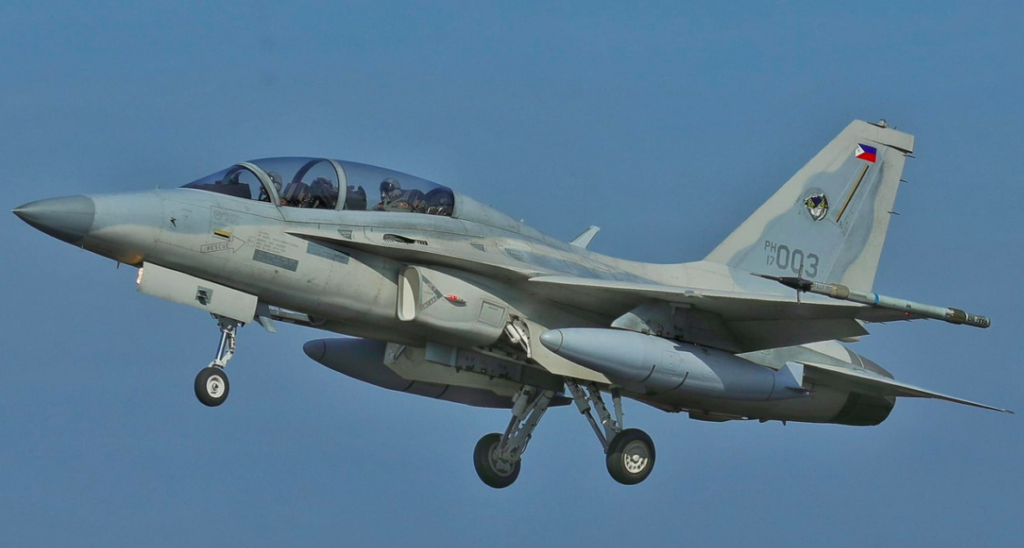US and Philippine Fighters Look to Counter China with Joint Patrol
Originally published by The National Interest.

This week, the United States and the Philippines carried out the first joint patrol and air-intercept drills over the South China Sea since President Donald Trump took office. Fighter jets from both nations flew over the disputed Scarborough Shoal near the northwestern Philippines. These patrols signify the ramp-up in security arrangements between the two nations as tensions between Manila and Beijing rise.
“The exercises focused on enhancing operational coordination, improving air domain awareness and reinforcing agile combat employment capabilities between the two air forces,” the Philippine Air Force said. Chinese aircraft have acted aggressively toward Philippine Air Force planes over these waters, including firing flares and flying dangerously close. The shoal, designed by the People’s Republic of China as Huangyan Island and by the Philippines as Bajo de Masinloc, has remained a point of contention between the two nations. If a kinetic conflict between Manila and Beijing were to erupt, Washington would be bound by treaty to defend its oldest ally in Asia.
Philippine Air Force spokesperson Maria Consuelo Castillo detailed that two American B-1 bombers and three Philippine FA-50 fighter jets joined the patrol and training operation over the shoal. In response to the joint operation, the Chinese military’s Southern Theatre Command said its Air Force would maintain a “high degree of alert, resolutely defend China’s territorial sovereignty and maritime rights and interests and control any military activities that disrupt the South China Sea,” claiming that Manila’s actions undermined peace and stability in the South China Sea.
Introducing the B-1 bomber
The U.S. Air Force’s B-1 bomber may be nearing its fifth decade in service, but the legendary airframe remains a force to be reckoned with in the skies. In fact, the bomber can carry the largest conventional payload of guided and unguided weapons of any platform in the service’s inventory. The Lancer is also well-equipped in terms of sensors. Its synthetic aperture radar can track, target, and engage moving targets in addition to self-targeting and terrain-following modes. Each B-1 bomber also features a Global Positioning System-aided Inertial Navigation System, which allows crew members to navigate without using ground-based navigation aids. The bombers also feature Combat Track II radios, which provide security beyond the line of sight.
Read more HERE.
- Should Israel Be Worried? Iran Is Showing Off Its New “Missile City” - February 4, 2025
- Trump Wants America to Have Its Very Own Iron Dome - January 29, 2025
- The New Syrian Government Says It Is Breaking Up Hezbollah Arms Smuggling - January 28, 2025
